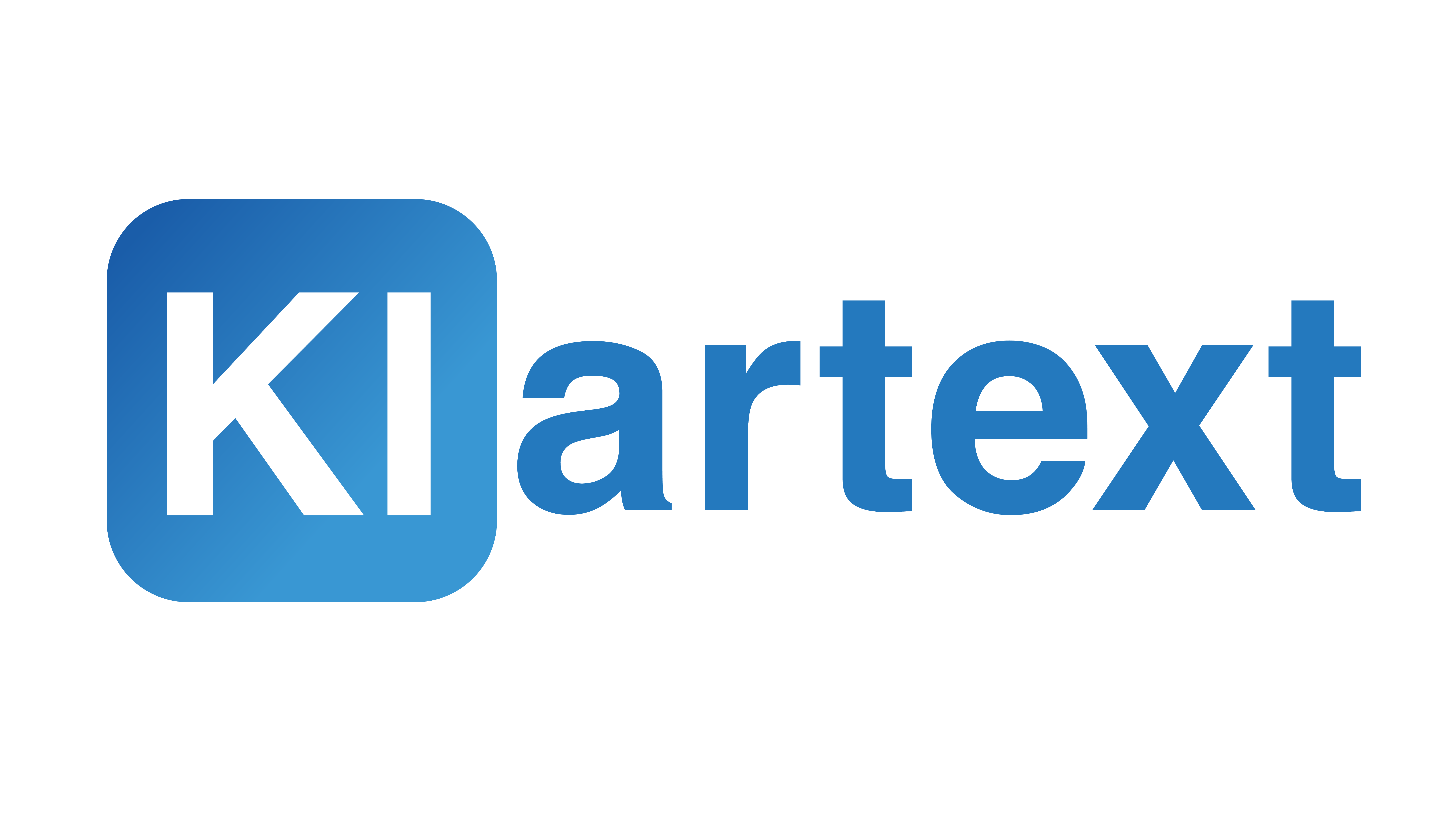Why Evaluation is the Key to Successful AI
Most AI projects fail not because of technology, but due to lack of systematic evaluation.
In the world of artificial intelligence, there's a fundamental difference between a working prototype and a production system. This difference doesn't lie in the technology itself, but in how we measure, understand, and continuously improve its performance. Evaluation-Driven Engineering means: no decision without data, no assumption without validation.
"Does the AI work?" is the wrong question. The right one is: "How well does it work, in which cases, and how can we make it better?"
The Prototype Fallacy
We all know the phenomenon: An AI prototype shows impressive results in the demo. Everyone is excited. Then comes production deployment – and suddenly problems pile up. Why?
Because a working prototype is not the same as a production system. The prototype was tested with selected examples, the production system must handle reality – including all edge cases, inconsistencies, and unexpected inputs.
The problem: Without systematic evaluation, we don't know where the system's boundaries lie. We don't know if 60% or 98% of requests are answered correctly. We don't know which error types occur and how critical they are.
What Evaluation-Driven Engineering Means
At Klartext AI, evaluation isn't a step at the end of the project – it's integrated from the start:
1. Evaluation from Day 1
Before we write the first line of code, we define: What does success mean? Which metrics matter? How do we measure quality, relevance, reliability?
2. Continuous Measurement
Evaluation isn't a one-time event but a continuous process. Every system change is measured. Every hypothesis is validated. No assumption without data.
3. Transparency About Limits
We communicate not just what the system can do, but also what it cannot do. Because only then can a system be used responsibly.
4. Feedback Loops
The best systems learn from feedback. But for that, you first need to capture, structure, and analyze feedback.
Verifiability as an Accelerator
Former Tesla AI director and OpenAI co-founder Andrej Karpathy frames this shift as Software 2.0: "Software 2.0 easily automates what you can verify" (Karpathy, 2024, Threadreader). Software 1.0 automated whatever we could explicitly specify leading to deterministic outputs; Software 2.0 automates what we can reliably verify, based on probabilistic LLMs. Karpathy's core insight - "The more a task/job is verifiable, the more amenable it is to automation in the new programming paradigm" - explains why we treat evaluation as a product capability. We design resettable environments, tight feedback loops, and crisp acceptance criteria so AI-infused software improves every iteration while preserving measurable quality.
Why So Many AI Projects Fail
According to MIT's State of AI in Business 2025 report (MIT, 2025, PDF), 95% of GenAI projects achieve no measurable business impact. Not because the technology doesn't work, but because:
- No clear success criteria – What does "better" mean? Faster? More accurate? More relevant?
- Missing measurements – You can't optimize what you don't measure
- No baseline – Without knowing where you start, you can't measure progress
- Ignoring edge cases – The 5% exceptional cases that cause 80% of problems
A Real-World Example
With our Compliance Assistant for an ATX company, we didn't just "build a system". We:
- Compiled 200 test questions from real compliance inquiries
- Defined expert answers as the gold standard
- Established multidimensional metrics: Correctness, completeness, source quality, response time
- Conducted and documented weekly evaluations
- Ran A/B tests for every major system update
The result: A system that doesn't just "work" but whose performance we know precisely – and continuously improve.
The Hard Truth
Evaluation-Driven Engineering is demanding. It takes time. It means documenting and communicating system weaknesses. It's uncomfortable when tests show that a new idea performs worse than the old solution.
But it's the only way to get from a prototype to a productive, reliable system.
No Decision Without Data
In the end, it's about a simple philosophy: No decision without data, no assumption without validation.
AI isn't magic. It's engineering. And good engineering is based on measurements, facts, and continuous improvement.
The projects that fail are often those that evade this truth. The projects that succeed are those that make evaluation a core competency.
At Klartext AI, we don't measure just because it sounds good. We measure because it's the only way to deliver real quality.
